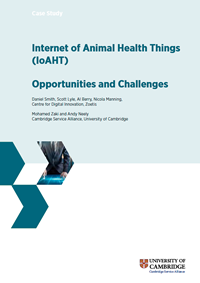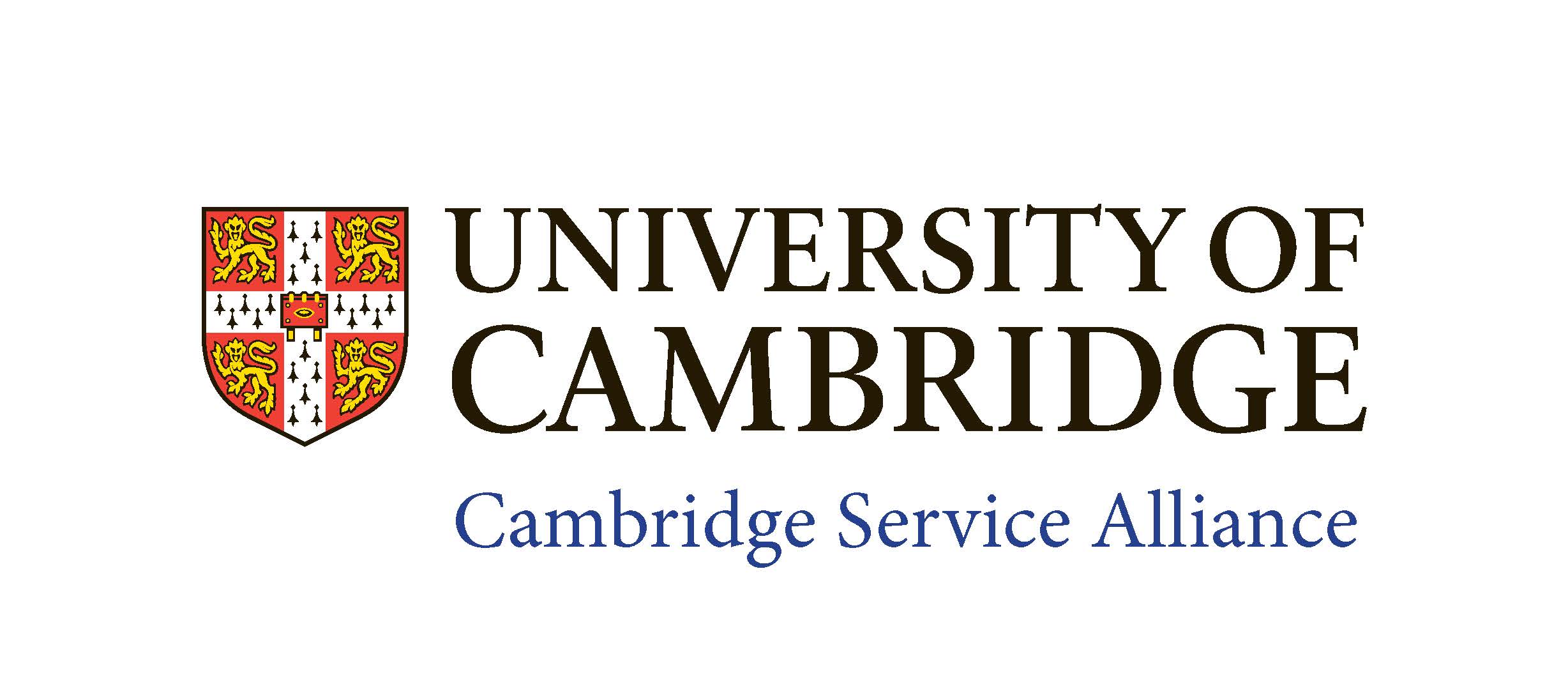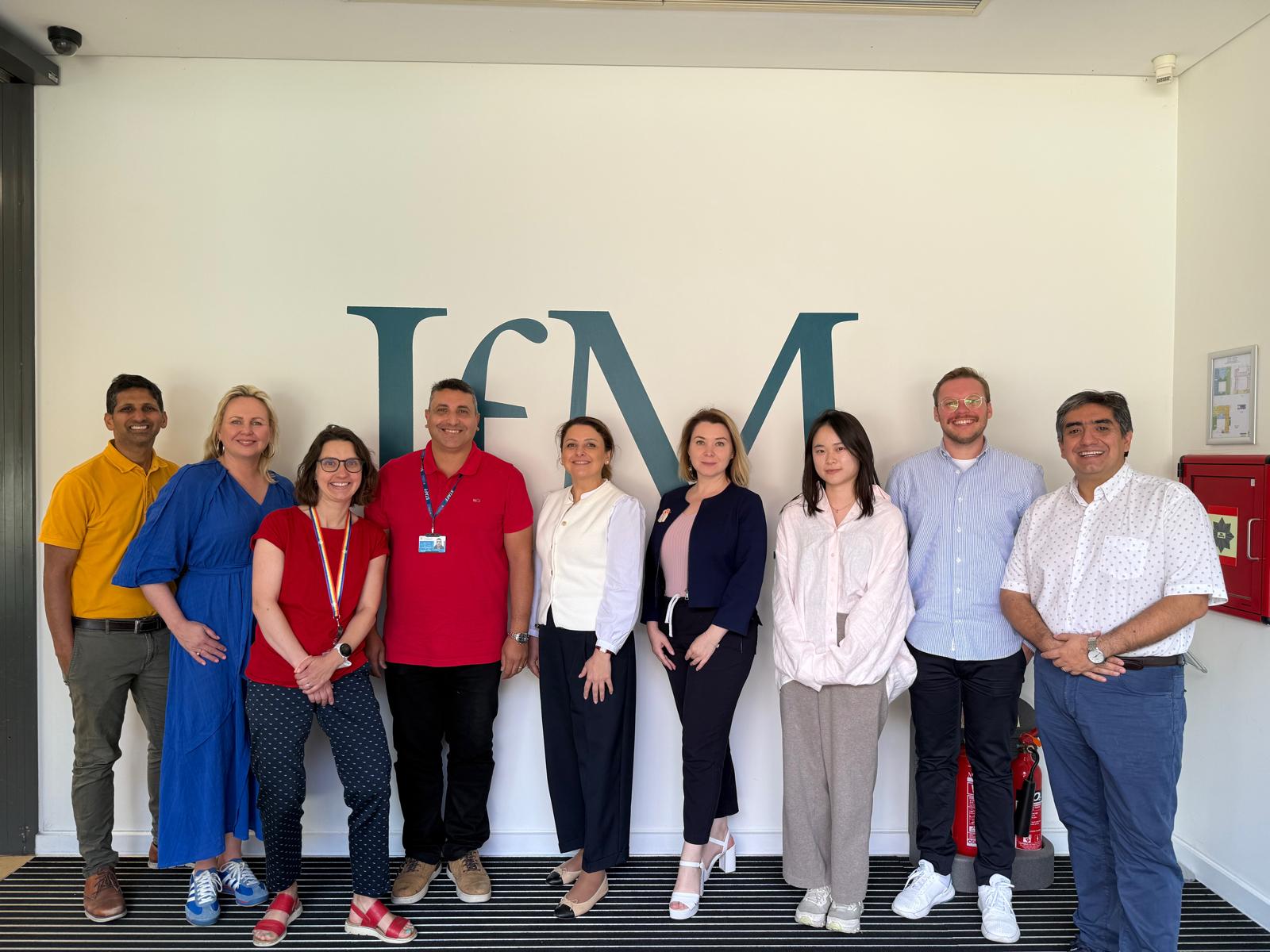
Submitted by Angela Walters on Thu, 24/09/2015 - 11:57
Podcast by Daniel Smith and Scott Lyle from the Centre for Digital Innovation, Zoetis and Mohamed Zaki from the Cambridge Service Alliance, University of Cambridge. The Podcast looks at how internet technology is changing animal production techniques on the farm even in the more remote rural areas.
Like other industries the Internet of Animal Health Things is changing the way farmers look after their animals and the way in which vets treat them. Traditional animal production techniques are usually labour intensive, intuitive, and work on small margins which can be hit by changes in prices, livestock losses, public policy dictates, and the need to spend money on drugs and vets should the animals become ill.
The IoAHT allows sensors to transmit data from herds and individual animals to ensure problems are spotted and treated accordingly, thus nipping potential infections in the bud. Sensors can also relay data about an animal’s health and growth rates, letting the farmer know when it is ready to go to market.
The IoAHT technology is allowing farmers to radically change how they produce meat, and this allows supermarkets and butchers to track their meat supplies not just to individual farms but to individual animals too. This in turn helps build up trust amongst consumers who may have had concerns about the meat they are eating following recent horse meat scandals.
The authors say:
“Whilst the intensification of farming can result in compromised animal health and welfare due to increased stocking densities of animals, the use of PLF (Precision Livestock Farming) sensor devices can help identify and mitigate these compromises sooner, resulting in improved health and welfare standards.”
 This is an opportune time to speak up for the new IoAHT technology as there is a shortage of stock men and women and farming methods are undergoing change as more rural areas are connected to the internet. With the world population set to increase rapidly, world meat production is also set to double by 2050 and farming techniques are shifting towards intensification.
This is an opportune time to speak up for the new IoAHT technology as there is a shortage of stock men and women and farming methods are undergoing change as more rural areas are connected to the internet. With the world population set to increase rapidly, world meat production is also set to double by 2050 and farming techniques are shifting towards intensification.
Three of the authors of the report have spoken of the need to implement the findings of this report, “sooner rather than later” but like other industries the IoAHT is giving rise to concerns about the use of data, privacy and security.
Mohamed Zaki said:
“We used the DDBM Innovation Blueprint to look at how the ethical use of collected data can improve animal health and welfare, improved transparency of production processes and construct a data-driven business model for precision livestock farming.
“The whole idea is to see how we can crunch and utilise this data in the best way to help farmers and vets manage their farms and businesses better. The traceability is a big matter here, the IoAHT can introduce new levels of transparency. The recent horse meat scandal put people off buying from the supermarkets, but by using the IoAHT technology and big data it can provide a new level of transparency, enabling shops to tell consumers where their meat comes from.”
Mohamed Zaki continued:
“There is also a social responsibility in terms of animal welfare, and animal well-being, and how we can predict diseases, so companies in the ecosystem of farming can now think in a social way to help protect animals, and their welfare and wellbeing. We need to be able to produce more meat as the world population increases and we need to be able to predict the right demand and get it right in different areas of the world. If we collect this data we will get more insights that can help us advance the industry as it moves towards more precision farming.“
Daniel Smith said:
“It is an evolution. The IoAHT and the deployment of sensor technology is unlocking a lot of new potential for our customers. There is a lot of manual processes involved with farming, people writing down statistics, often long distances between farms, but now you can use the power of technology to track activity and it is bringing people from remote locations into that conversation. They are able to see broader sets of animals in real time and it is helping them to create larger data sets to help with the overall health of these animals. In some ways it is a natural progression of how people want to handle animal health care.
“We are trying to create a conversation. There are so many people involved in this exciting industry but it is also about having the technology to understand the possibilities of what is happening, to put the necessary protections in place, and to get out front and to be proactive in the potential uses of it. That is why we wanted to work with the CSA and this paper sets out the many different facets of this very complex and exciting opportunity.”
Scott Lyle said:
“We wanted to start a discussion. A lot of the issues surrounding the technology like data privacy and security still needs to be sorted out but there is a lot happening with how we design our products. Ultimately, now we are creating billions of touchpoints from those sensor devices and we are creating greater transparency into how the different facets of the business work. The ecosystems that are emerging are changing the dynamics of how these technologies are perceived because it is a partnership and people have to give to get. It has got to be very clear that the users of these technologies are empowered and that they can make choices and it needs to be clearly set out what they are participating in.”
The authors call in their conclusion on the Animal Health industry proactively to:
- Create a responsible model to meet the dual needs of privacy and on-demand personal data redaction
- Integrate privacy and redaction models in a manner that can achieve the promise of improved animal medical outcomes that drive precision farming
- Standardise technology infrastructure and practices to ensure proper data privacy, security and management, while enabling the wider benefits of increased transparency and information sharing along the value chain
- Work together to ensure data practices.



